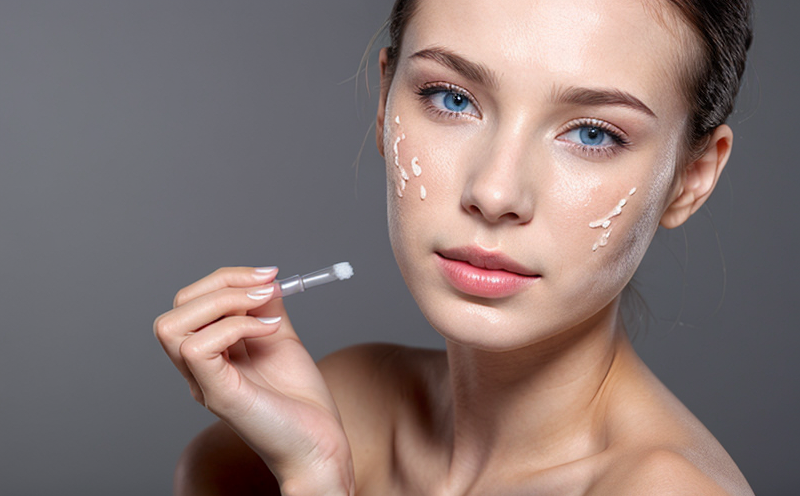Sensitization Testing of Cosmetic Toothpaste and Mouthwash
Understanding sensitization reactions is crucial in the cosmetic industry to ensure product safety. Sensitization testing evaluates whether a substance can trigger an immune response leading to allergic contact dermatitis. In the context of cosmetic toothpaste and mouthwash, this testing ensures that consumers are not exposed to ingredients that might cause adverse skin or mucosal reactions.
The process involves identifying potential allergens in formulations before they reach the market. This proactive approach helps manufacturers comply with regulatory requirements while maintaining product quality. The testing is particularly important for personal care products used daily, where prolonged contact can increase the risk of sensitization.
Regulatory bodies such as the European Union (EU) and the U.S. Food and Drug Administration (FDA) mandate that certain preservatives, fragrances, and other ingredients be tested for their potential to cause allergic reactions. This is part of a broader effort to protect public health by ensuring cosmetics are safe not only in terms of efficacy but also in terms of safety.
For cosmetic toothpaste and mouthwash specifically, sensitization testing focuses on common allergens like preservatives (e.g., methylparaben), fragrances, and other additives. These products come into direct contact with the oral mucosa, which can be more sensitive than skin, making thorough testing essential.
The testing protocol typically involves a series of in vitro and/or in vivo assays to assess allergenic potential. In vitro tests use human or animal cells to predict sensitization risk, while in vivo studies may involve patch testing on volunteers. These methods help identify which components could lead to an allergic response and allow for adjustments to the formulation.
The importance of this testing cannot be overstated, as it directly impacts consumer safety and brand reputation. A single adverse reaction can lead to significant financial losses due to product recalls or lawsuits. Moreover, regulatory penalties and negative public perception can severely impact a company's standing in the market.
Scope and Methodology
| Scope | Description |
|---|---|
| In vitro testing using human or animal cells. | Assesses allergenic potential without the need for live subjects. |
| In vivo patch testing on volunteers. | Evaluates real-world sensitization risk under controlled conditions. |
The methodology also includes detailed specimen preparation, ensuring that the product is tested in a manner representative of its intended use. This involves diluting the toothpaste or mouthwash according to standard protocols and applying it to test subjects for specific periods.
Use Cases and Application Examples
- New Product Development: Identifying potential allergens early in the development process allows for safer product launches.
- Formulation Adjustments: Modifying formulations based on test results can enhance safety without compromising efficacy.
- Compliance Audits: Ensuring compliance with regulatory standards helps avoid costly fines and legal issues.
| Application Scenario | Expected Outcome |
|---|---|
| A new toothpaste formulation containing a novel preservative. | Determine if the preservative causes sensitization, allowing for alternative options to be explored. |
| An existing mouthwash formula suspected of causing allergic reactions. | Identify specific ingredients responsible for allergies and adjust the formulation accordingly. |
Why It Matters
- Consumer Safety: Ensures that consumers are not exposed to potentially harmful substances.
- Regulatory Compliance: Adherence to international standards like ISO, FDA, and EU regulations.
- Brand Reputation: Positive consumer perception translates into loyalty and market trust.





